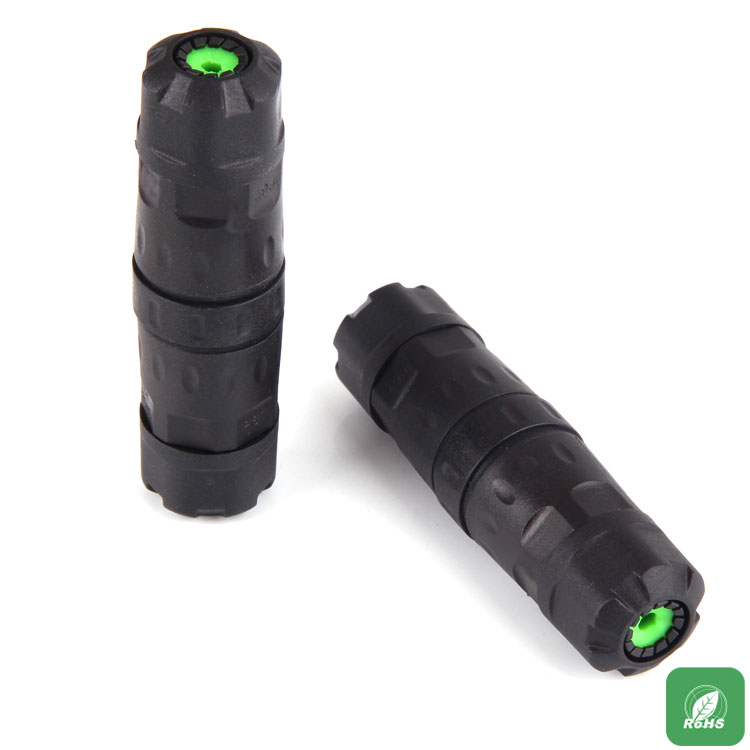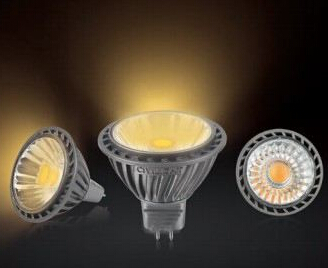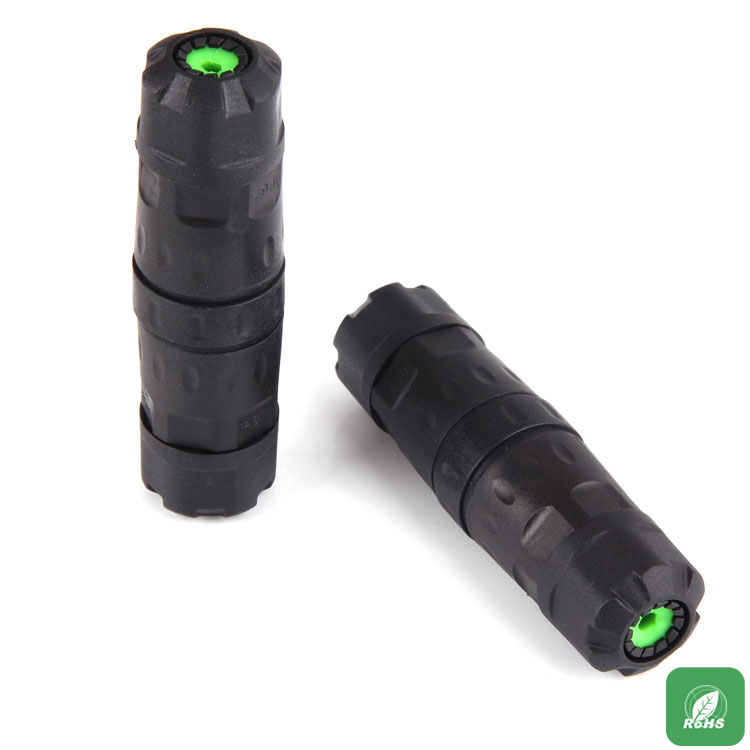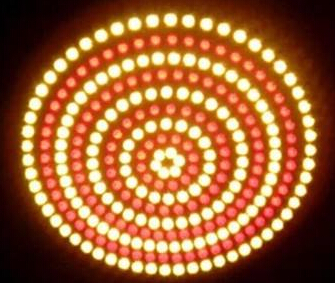In recent years, LED has gradually entered the life of ordinary people, and it is not difficult to see the figure of LED in all fields of general illumination. LED has the advantages that traditional lighting can't replace, and there is more room for development. The evolution of the lighting market to semiconductor-based technology has spawned many new growth opportunities, one of which is plant lighting. LED plant lighting has an average annual growth rate of 83.3% from 2015 to 2020, and it is estimated that the LED penetration rate in plant lighting can reach 85% by 2020. The market share of LED lamps used in global vertical farms will increase from USD200M in 2017 to USD1.2B in 2021, as shown in Figure 1. The advantages of LED plant lighting, such as increasing crop growth rate, saving energy by up to 75% and saving water by up to 90%, are also widely recognized by the industry. Under the global climate change, market demand for delicate crop cultivation, aquaculture, food storage and food preservation, and food safety have all promoted the development prospects of the plant and horticultural lighting market.
At present, the competition in the general lighting market has become increasingly hot. LED plant lighting is regarded as a new development space. Many LED-related enterprises have stepped up their layout in the field of plant lighting. As the world's top 5 LED manufacturers, LUMILEDS has many years of research and development in the field of plant and horticultural lighting. It also has a wealth of experience in different light formulations, different lighting conditions and different production methods for plant production. The following is a brief analysis of the performance characteristics and types of LED light sources in the field of plant lighting using LUMILEDS products as an example.

Compared to the high PPF value and high energy density of the SunPlus20 series, the SunPlus 35 is more suitable for vertical farms using multi-layer growth trays, which typically require a consistent, high-resolution illumination system. The LUXEON SunPlus35 series consists of blue light (440-460nm), lime, magenta, far red, white light and 3.5x3.5mm purple medium power LED chips in three different colors. LUMILEDS's violet LEDs use high-efficiency blue LEDs and special phosphors to create a highly consistent light source for fast crop growth. LUMILEDS's range of violet LED chips range from 400-700nm. According to the proportion of blue light in the entire spectrum, it is divided into 2.5%, 12.5% and 25%. Violet LED (2.5% blue light) can effectively stimulate stem growth and flowering, 12.5% blue light purple LED promotes overall growth, and 25% blue LED can stimulate leaf development of leaf.
In order to match the customer's own light formula, a horticultural lighting calculation gadget is provided. With this horticultural lighting calculator, the luminaire manufacturer can select the chip combination and calculate the horticultural specific indicators that the combination can output, such as photosynthetic photon flux and full-spectrum power distribution, and test a variety of them in a short time. Differentiated lighting scenes, quickly find the best design, and ultimately achieve the role of efficient market.
Plant lighting is the product of multidisciplinary and organic integration of biology, facility horticulture, vegetable science, plant physiology, plant nutrition, bioenvironmental engineering, LED lighting, intelligent control technology. There is a need for adequate collaboration and cross-research applications for semiconductors, plants, and intelligent systems that require a reasonable technical solution. LUMILEDS actively participates in and organizes research in related fields to provide complete technical solutions. Dr. Tessa Pocock, a senior researcher at the Lighting Systems and Applications Center (LESA) at the Rensselaer Polytechnic Institute in Troy, NY, conducted a related plant growth study on the efficacy of the LUXEON SunPlus series. This study evaluated the performance of LUMILEDs' LUXEON SunPlus series designed for horticulture compared to Valoya and custom direct-emitting RGB LEDs. The goal was to determine whether the recently launched phosphor-converted LED (sunPlus series) would increase the yield of red leaf lettuce while increasing the level of key nutrients including anthocyanins and carotenoids. The study examined the relationship or balance between the yield of lettuce (ground biomass) and nutrient quality.
















 RCCN WeChat QrCode
RCCN WeChat QrCode Mobile WebSite
Mobile WebSite







